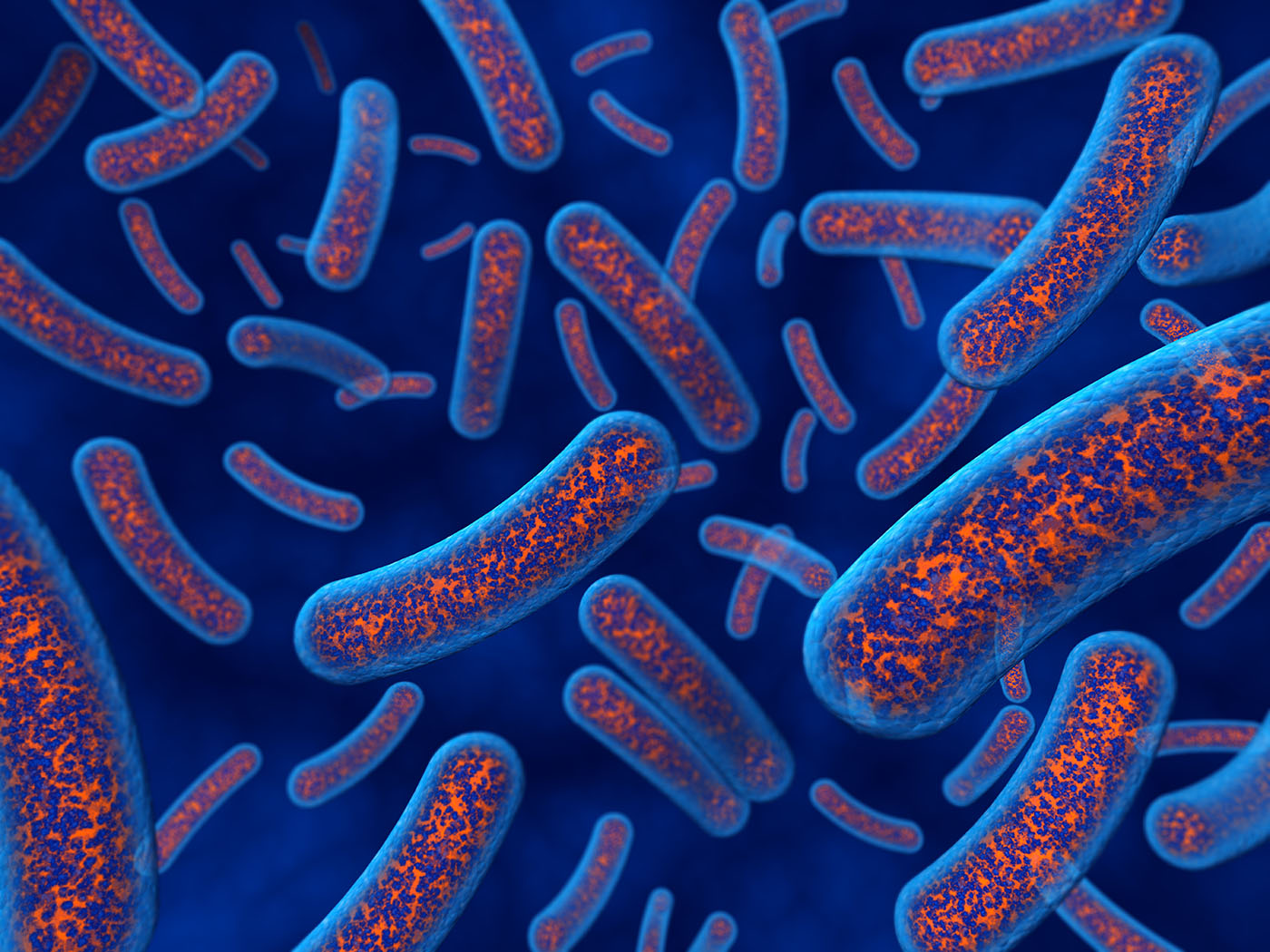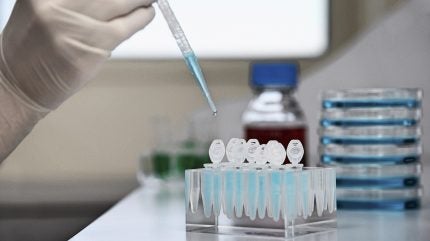According to the Centers for Disease Control and Prevention (CDC), more than 2.8 million antimicrobial-resistant infections occur each year in the U.S. A recent study published in Nature Microbiology reveals how polymyxins, a class of antibiotics, can penetrate the protective outer membranes of harmful bacteria, potentially overcoming microbial resistance. This breakthrough comes from researchers at University College London and Imperial College London.
Polymyxins, discovered over 80 years ago, target lipopolysaccharides in bacterial membranes, leading to cell death. While they are a last-resort option for infections caused by Gram-negative bacteria, their use is hampered by serious side effects, including nephrotoxicity. The study’s findings may offer new insights into enhancing the efficacy of these antibiotics.
High-resolution imaging demonstrated that polymyxin B (PmB) induces rapid morphological changes in E. coli, causing the bacteria to shed their protective layers. However, PmB was effective only against actively replicating cells, leaving dormant bacteria unharmed. This dormant state can persist for years, allowing bacteria to survive adverse conditions and potentially cause recurrent infections. The researchers suggest that future strategies may involve combining polymyxins with treatments that stimulate dormant bacteria, thereby improving overall antibiotic effectiveness.
Open the full market picture for your next decision →



